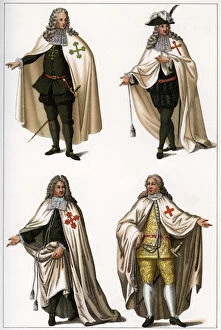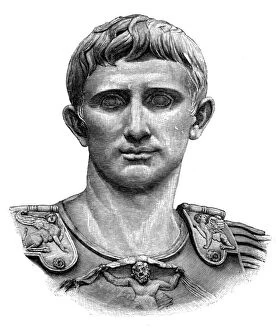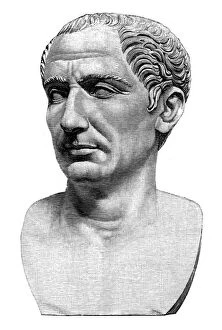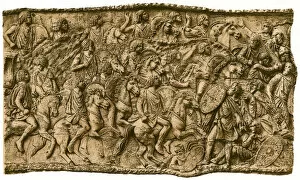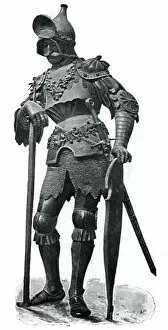H F Helmolt Collection (#3)
"H. F. Helmolt: Capturing History Through Timeless Art" Step into the world of H. F
For sale as Licensed Images
Choose your image, Select your licence and Download the media
"H. F. Helmolt: Capturing History Through Timeless Art" Step into the world of H. F. Helmolt, a masterful artist who brings history to life through his captivating illustrations. From the remains of Pompeii's banker Lucius Caecilius Iucundus' house in 1902 to the heroes of South American independence in 1901, Helmolt's artwork transports us across continents and centuries. Intriguingly, he delves into the lives of influential figures such as Tigranes, King of Armenia in 1902 and Ivan IV in c1601. With meticulous attention to detail, Helmolt recreates their stories on canvas, allowing us a glimpse into their fascinating worlds. His talent extends beyond individual portraits; he also presents historical maps like Ancient Greece from 1902 and Baltic Countries from 1907. These maps not only serve as geographical references but also provide insights into the political landscapes that shaped these regions throughout time. Helmolt's passion for history is evident as he explores significant events such as Henry VII's march upon Rome or Charles The Great and His Wife depicted after an early portrait from c775. Through his artistry, we witness battles unfold and courtrooms come alive with vivid colors and intricate details. Not limited to well-known historical figures or events alone, Helmolt takes us on a journey through lesser-known aspects of history too. He captures scenes like an encampment of the first Gypsies in Central Europe circa 1604 by unknown artists Jacques Callot or The White Russian Federation with Emperor Max dating back to c1507. With each stroke of his brush, H. F. Helmolt breathes life into forgotten tales and lost civilizations while preserving them for generations to come. His artworks are windows through which we can peer into our shared pasts – reminders that history is not just words on paper but vibrant stories waiting to be discovered anew.


